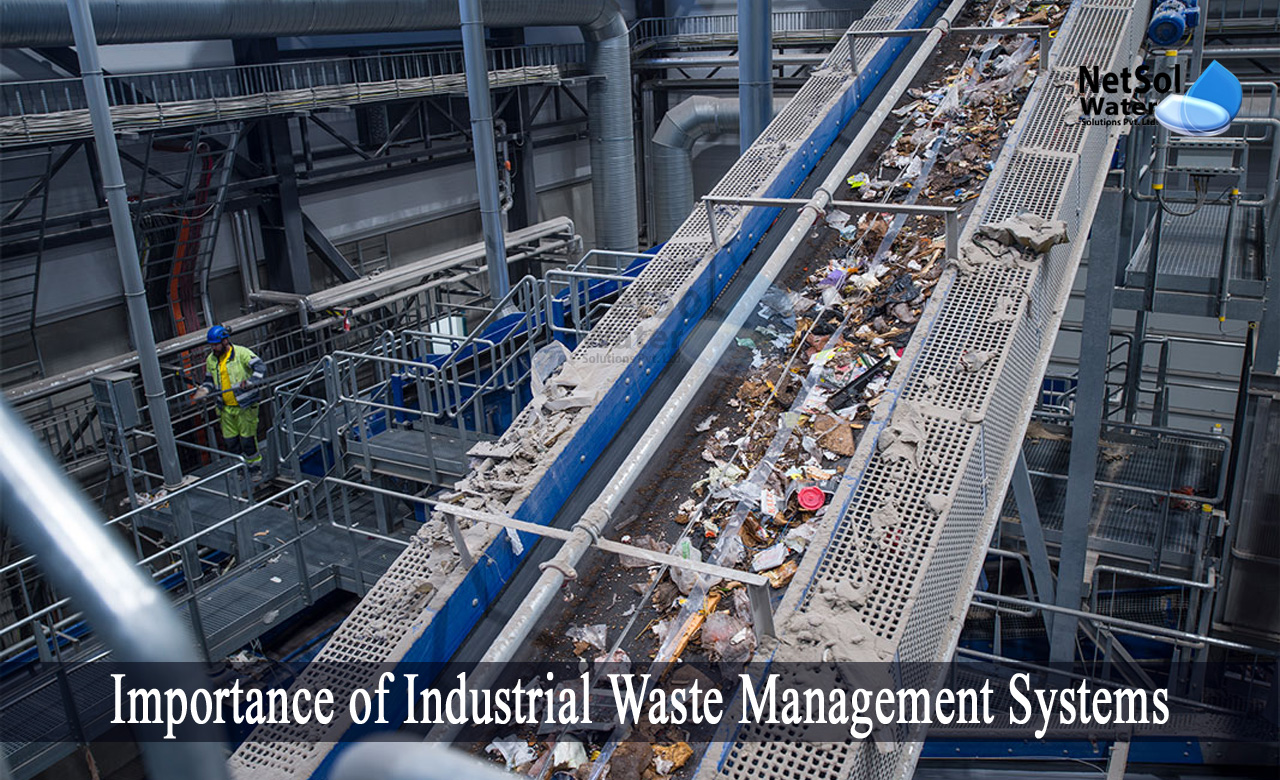The Buzz on Reclaim Waste
Table of ContentsThe Only Guide to Reclaim WasteExcitement About Reclaim WasteReclaim Waste Things To Know Before You Buy4 Simple Techniques For Reclaim WasteThe Single Strategy To Use For Reclaim Waste
Explore the types, incidents, and kinds of fluid waste. Domestic sewer waste refers to the waste and items from a domestic sewage-disposal tank. This sort of waste is created by people in residences, institutions, and various other buildings. This only includes sewage-disposal tanks that have a drainpipe area. The correct monitoring and disposal of domestic sewage waste need fluid waste to be transferred to a sewage therapy plant where the correct techniques and equipment are related to purify and deal with waste.
Business waste usually consists of possible hazards, such as flammable materials or a mix of fluid and solid waste items, and needs a much more innovative and detailed disposal process. The disposal of industrial waste generally includes the purification of waste before transport to make sure safe and correct disposal. Industrial waste is produced from results and overflow of industrial procedures and production.
This sort of waste can not use the same sewer management transportation or processes as septic or industrial fluids. The hazardous waste administration process requires the assessment and testing of fluid waste before it undertakes the disposal procedure (liquid waste removal). Overflow waste is the liquid waste that originates from runoff and excess stormwater in very inhabited areas or cities
Overflow waste can trigger contamination and flooding if not dealt with correctly. Find out more about sewer cleaning and waste monitoring. Ensuring correct waste administration can stop catastrophes and minimize environmental injury. Both people in property settings and specialists in business or manufacturing sectors can gain from understanding the procedures and policies of fluid waste monitoring.
An Unbiased View of Reclaim Waste
Contact PROS Providers today to discover our waste monitoring and disposal solutions and the proper ways to take care of the fluid waste you create.
(http://go.bubbl.us/e67627/7593?/Reclaim-Waste)This supposed 'wastewater' is not just an important resource but, after therapy, will be released to our land, waterways or the ocean. Made use of water from bathrooms, showers, baths, cooking area sinks, washings and commercial procedures is known as wastewater.

water utilized to cool equipment or tidy plant and devices). Stormwater, a type of wastewater, is drainage that flows from farming and urban locations such as roofs, parks, yards, roads, courses and gutters right into stormwater drains, after rain. Stormwater streams untreated straight to local creeks or rivers, at some point getting to the sea.
The Ultimate Guide To Reclaim Waste
In Queensland, most wastewater is treated at sewer therapy plants. Wastewater is delivered from domestic or commercial sites through a system of sewage systems and pump stations, recognized as sewage reticulation, to a sewer therapy plant. Local federal governments build, maintain and run most sewer treatment plants. Operators are certified under the Environmental Management Act 1994 to discharge treated wastewater at an acceptable ecological requirement right into waterways.
The Division of Natural Resources recommends regional governments about managing, operating and maintaining sewerage systems and therapy plants. In unsewered areas, city governments might need householders to mount individual or house sewer therapy systems to deal with domestic wastewater from commodes, kitchens, washrooms and laundries. The Division of Natural Resources authorises using house systems when they are proven to be efficient.
In some new subdivisions, treatment of some stormwater to eliminate clutter, sand and gravel has started utilizing gross toxin traps. Wastewater therapy takes place in 4 phases: Eliminates strong issue.
Wastewater then flows into huge storage tanks where solids work out and are removed as sludge. Oil and residue are skimmed from the surface. Makes use of small living organisms knows as micro-organisms to damage down and eliminate staying dissolved wastes and fine particles. Micro-organisms and wastes are incorporated in the sludge. Eliminates nitrogen and phosphorus nutrients that can cause algal blossoms in our rivers and intimidate marine life.
See This Report about Reclaim Waste
Nutrient removal is not available at all sewer therapy plants because it requires costly specialized tools. It is ending up being extra typical in Queensland. Clear liquid effluent produced after therapy might still consist of disease-causing micro-organisms. If this effluent is launched into rivers such as rivers or the sea, the micro-organisms will at some point pass away out.

Most wastewater flows into the sewage system. Under the Act, regional governments administer authorizations and permits for eco pertinent tasks (ERAs) involving wastewater releases that could have a neighborhood effect.
Indicators on Reclaim Waste You Should Know
Or else, samples are taken for lab analysis. Frequently many examinations are required to develop the levels of each of the various contaminants such as oils, hefty steels and chemicals in water. Monitoring supplies valid info regarding water top quality and can confirm that licence conditions are being met. The information gotten via tracking gives the basis for making water high quality decisions.